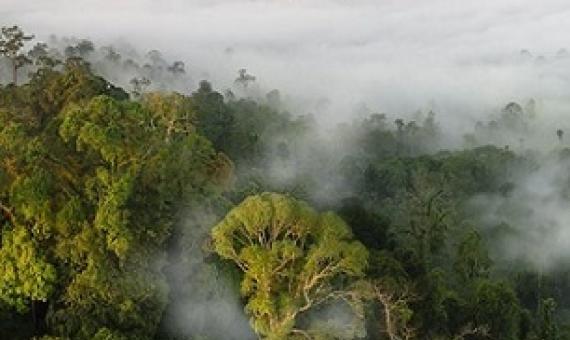Takitumu Conservation Area - OECM process of recognition
The National Environment Service worked closely with family representatives of the Takitumu Conservation Area, to submit an assessment application that will gave the TCA official international recognition as an Other Effective area-based Conservation Measure (OECM). All documents relevant to the submission process will be stored here, including resources on the TCA, which are referred to in the assessment form.The TCA was launched as the Cook Islands' first OECM on International Biodiversity Day 2024 (22 May 2024)








